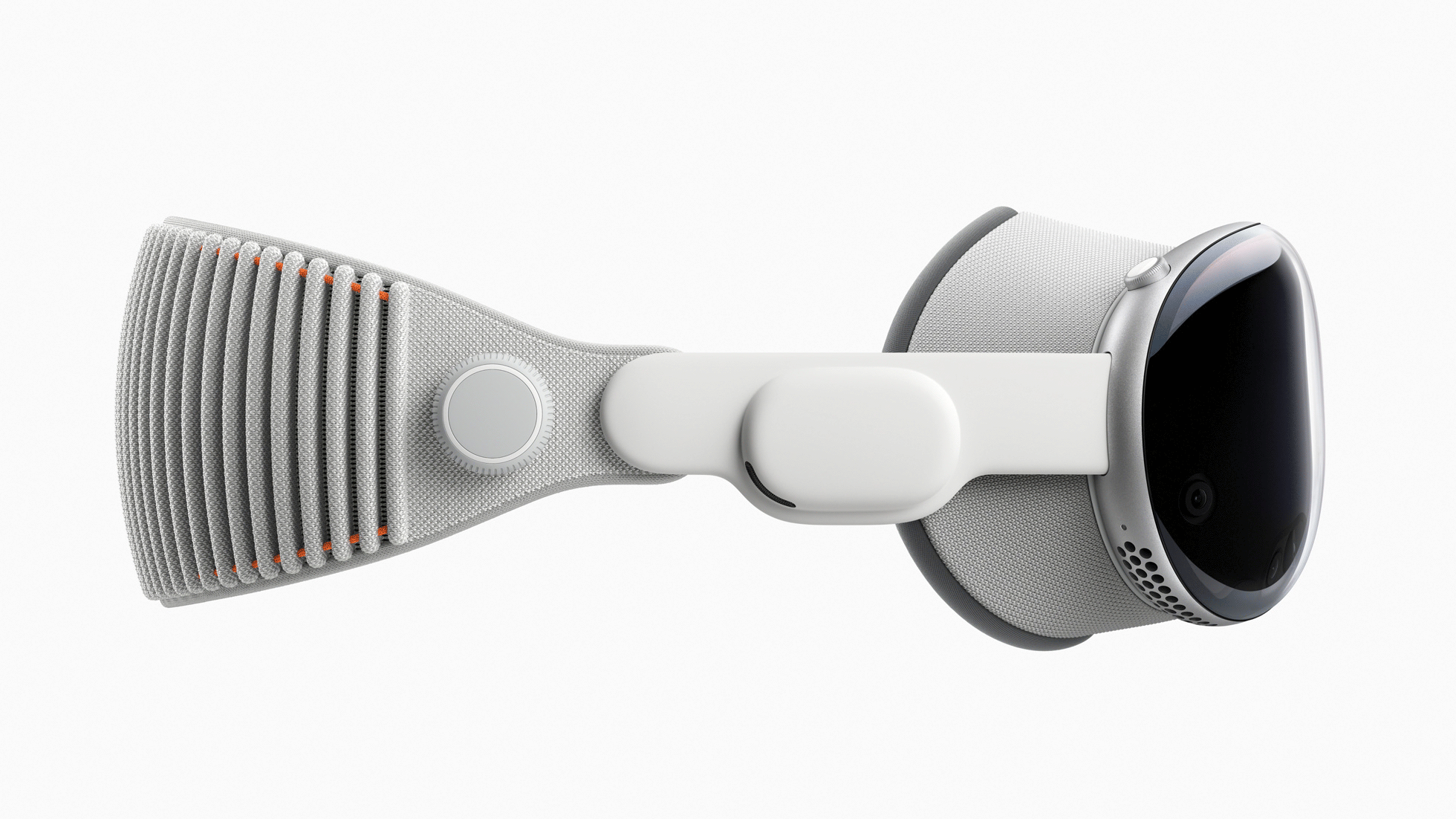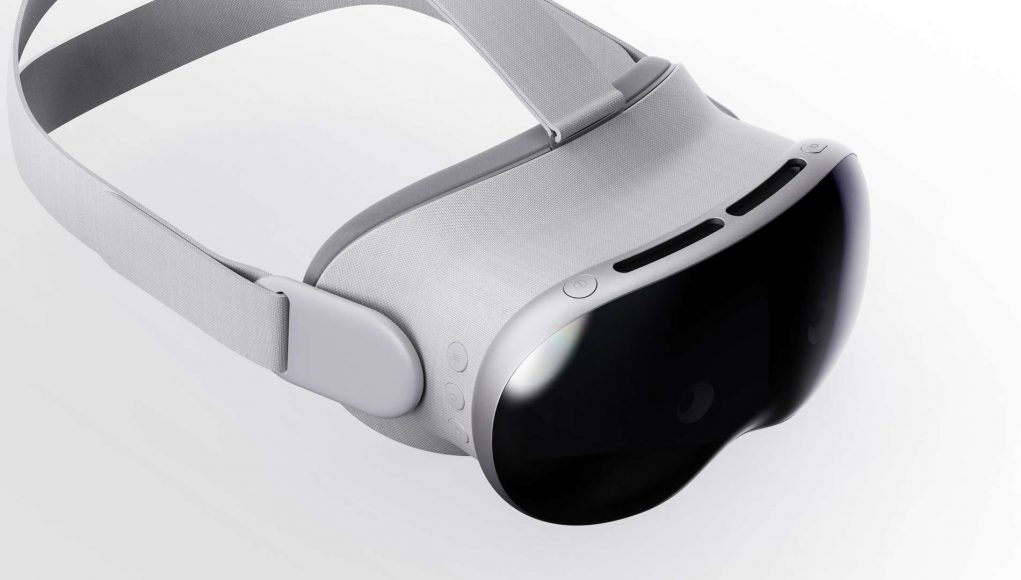Apple has always been a trendsetter, with hopeful competitors copying everything from the company’s iconic marketing campaigns to its unique industrial design language. Still, we didn’t expect to see a knock-off of Vision Pro so soon.
Hall-walkers at CES 2024 this week noticed a headset that looks awfully familiar. If you thought Apple was hocking their latest and greatest down on the expo floor with the rest of the unwashed masses though, you’d be sadly mistaken.
https://twitter.com/CasandChary/status/1744917072336027857
The above was snapped by YouTubers Cas and Chary XR showing off EmdoorVR’s EM-AX162, which was initially unveiled at the Smart-Display Vision Expo in Shenzhen in late August—only two months after Apple revealed Vision Pro.
Here’s another look, this time showing it on the head of X-user @ntv_rd:
某社からまもなく発売予定のモデルを彷彿とさせるデザインのヘッドセット発見。EmdoorVRのEM-AX162。パススルー等のクオリティは各社の最新機種に及ばないものの、基本的な機能は一通り揃っています#CES #CES2024 pic.twitter.com/JlVgPIevb5
— 日テレR&Dラボ@CES2024 (@ntv_rd) January 9, 2024
Obvious visual similarities besides, EM-AX162 is most certainly not going to fool anyone based on specs. The VR headset packs a Qualcomm Snapdragon XR1, 4/6GB of RAM, a single 5.5-inch LCD panel serving up 1,832 x 1,920 pixels per eye, clocked at 72Hz.
It also has a fairly small 64/128GB internal storage, which admittedly can be expanded thanks to a TF card port for extra storage, supporting up to 1TB. It also has an internal 3,000 mAh battery.

Comparatively, Vision Pro is slated to pack two Apple Silicon chips (M2 Ultra and R1), dual microOLEDs with “more than a 4K TV for each eye”, eye-tracking, passthrough augmented reality, an external display that can show your eyes, 12 cameras, six microphones, and 256GB of storage. Vision Pro also has an external battery that supports “up to 2 hours of typical use and up to 2.5 hours of video playback,” Apple says.
The China-based company makes a number of VR headset designs, but none so—how should we say—clearly inspired but the yet unreleased Apple Vision Pro. Still, taking design cues from others isn’t a first for EmdoorVR. The company has created a number of ‘inspired’ headsets in the past, including its very Pico 4-esque A836, and Oculus Go-style AX139, making the EM-AX162 just another lookalike.
Meanwhile, Apple Vision Pro is set to launch on February 2nd, priced at an eye-watering $3,500. That’s not only a prestige brand, but a prestige price-point too, meaning we’ll probably see even more headset creators come out to the woodworks to copy Apple’s evolving headset design language.







